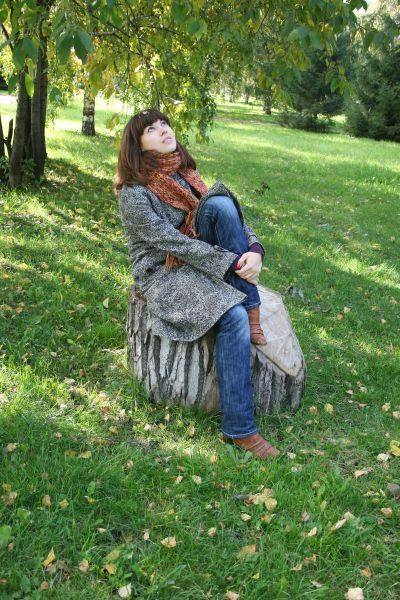Touch of green trumps the blues

City dwellers residing near parks and greenery enjoy better health and fewer bouts of depression than those living in enclaves of concrete and asphalt, according to a study released on Thursday.
A dense concentration of trees, shrubs and flowers close to home had the greatest impact, according to the study published in the Journal of Epidemiology and Community Health, the official journal of Britain's Society for Social Medicine.
In urban zones where 90 percent of the area was devoted to green space, incidence of anxiety disorders or depression was 18 people per thousand, the study found.
In contrast, in zones where there was only 10 percent of greenery, incidence was 26 per thousand, a difference of 44 percent.
In addition, the annual rates of more than a dozen disease clusters -- including cardiovascular, respiratory, neurological, digestive and mental disorders -- were also lower.
The findings are based on health records in the Netherlands for nearly 350,000 people registered with 195 family doctors in 95 practices across the country.
Social class was factored into the calculations to ensure fairness.
The health-boosting impact of plant life was most apparent in people who spent a lot of time in their flora-rich neighbourhoods, especially children and persons with low levels of education and income. People aged 45 to 65 were also big beneficiaries.
"This study shows that the role of green space in the living environment should not be underestimated," the study concludes.
Possible explanations include improved air quality, opportunities for relaxation and socialising, and an incitement to exercise.
Subscribe to Independent Premium to bookmark this article
Want to bookmark your favourite articles and stories to read or reference later? Start your Independent Premium subscription today.

Join our commenting forum
Join thought-provoking conversations, follow other Independent readers and see their replies